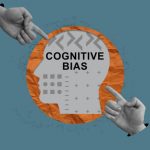Cognitive load is a crucial concept in understanding how we process, store, and recall information. The cognitive load modality effect is a key principle within cognitive psychology that offers valuable insights into how different types of information formats—such as visual and auditory inputs—affect our ability to memorize and learn. This article will provide an in-depth …
Continue reading “Cognitive Load Modality Effect: What It Is And How It Explains Memorization”










